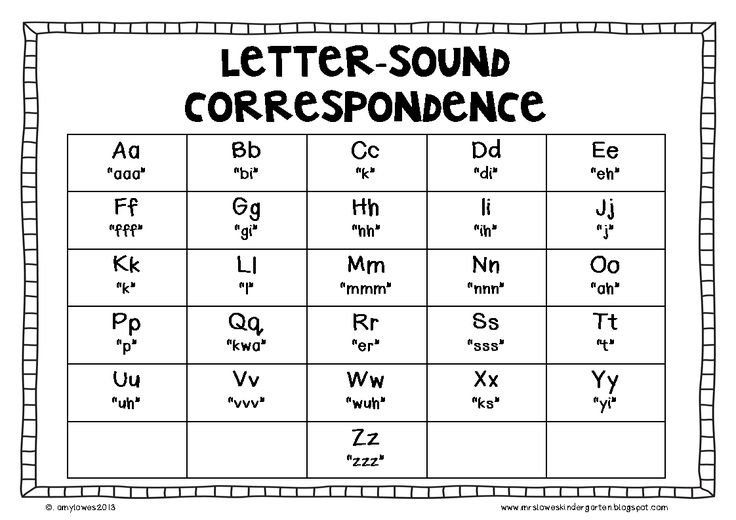Are you wondering how to teach letter sounds to your little ones? Mastering phonics is crucial in early childhood education, setting the foundation for reading and writing success. In this blog, we’ll walk you through a simple, step-by-step guide to effectively introduce and reinforce letter sounds. These strategies will help you turn learning into a fun and engaging experience for children.
Math & ELA | PreK To Grade 5
Kids see fun.
You see real learning outcomes.
Watch your kids fall in love with math & reading through our scientifically designed curriculum.
Parents, try for free Teachers, use for free
6 Easy Steps to Teach Letter Sounds
Step 1: Introduce the Alphabet
The journey of teaching sounds of letters begins with introducing the alphabet. This foundational step is crucial as it helps children recognize and differentiate between the shapes and names of each letter.
When to Start: It’s ideal to start this step when children show interest in books and singing, typically around 2 to 3 years old.
How to Teach:
- Online Alphabet Games: Integrate technology into learning by using online letter games. These interactive ela games include animations and sounds that make learning engaging and fun, helping children visualize and remember the letters more effectively.
Begin here:
Begin here
- Sing the Alphabet Song
Make learning playful and musical. Singing the alphabet song regularly helps children memorize the order of the letters and build their familiarity with their shapes and sounds.
- Read Alphabet Books: Incorporate books with large, colorful letters and images that start with each letter. Point to and name the letters as you read, encouraging the child to repeat after you.
- Show Alphabet Cards: Use alphabet cards for a more interactive experience. Hold up each card, point to the letter, and say its name clearly. Ask the child to try saying the letter names with you.
Key Milestones:
- Recognition of all the alphabet letters visually.
- Ability to sing the alphabet song along with you.
- Beginning to point out and name letters in everyday settings, like on signs or in books.
Step 2: Begin with Letter Sounds
Once children are familiar with the visual aspect of the alphabet, the next step is to learn letter sounds. This phase focuses on associating each letter with its most common phonetic sound, which is essential for building reading skills.
When to Start: Begin this step after children can confidently recognize and name the letters of the alphabet. This typically follows the mastery of the visual recognition of letters, usually around ages 3 to 4.
How to Teach:
- Start with Easy-to-Pronounce Consonants: Choose consonants that have only one sound and are simpler to articulate, such as ‘m’, ‘s’, ‘f’, ‘p’, ‘t’. These sounds are distinct and less likely to be confused with others, making them ideal starting points.
Start teaching easy to pronounce consonants with these letter sound activities:
Begin here
- Use Objects or Pictures: Incorporate everyday objects or pictures that start with these sounds. For example, show a picture of a monkey when teaching the sound ‘m’ or a snake for ‘s’. This visual association helps solidify the connection between the letter and its sound.
Key Milestones:
- Ability to correctly make the sound of each letter when shown.
- Recognition of objects or pictures that start with specific letter sounds.
- Beginning to understand how to teach the alphabet sounds through practical, engaging methods.
Step 3: Short Vowels
After mastering the basic consonant sounds, the next essential step in teaching alphabet sounds involves introducing the short sounds of the vowels. These are pivotal in forming syllables and simple words, which are fundamental for reading.
When to Start: This step should follow once children are comfortable with consonant sounds, typically around the age of 4 to 5 years.
How to Teach:
- Teach Each Vowel with Simple Words: Start with easy, short vowel words such as ‘at’ for ‘a’, ‘pet’ for ‘e’, ‘sit’ for ‘i’, ‘pot’ for ‘o’, and ‘cut’ for ‘u’. This helps children grasp the sound each vowel makes in a word.
Begin with these short vowel sound activities:
Begin here
- Engage in Phonemic Activities: Conduct activities where children find objects around them that start with each vowel sound. This practical application reinforces their understanding and helps solidify their grasp of each sound.
Key Milestones:
- Recognition and correct pronunciation of each short vowel sound.
- Ability to identify and articulate simple words associated with each vowel.
- Active participation in games and activities that reinforce their knowledge of vowels.
Related Reading: How to Teach Vowels to Kids: A Step-by-Step Guide
Step 4: Simple Blends and Digraphs
Blends and digraphs are combinations of two or more letters that produce a single sound. Mastering these is crucial for advancing reading skills, especially in how to teach letter sounds to kindergarten students.
When to Start: This step is appropriate once children are comfortable with individual letter sounds, typically in kindergarten or first grade.
How to Teach:
- Introduce Each Blend or Digraph with Examples: Start with simple blends like ‘bl’, ‘st’, ‘br’ and digraphs like ‘ch’, ‘sh’, ‘th’. Explain that these letters together make a unique sound. Use words like “blow”, “stop”, “brush” for blends and “chop”, “ship”, “bath” for digraphs.
Begin with activities:
Begin here
- Use Blending Games: Engage children in blending games where they combine initial blends with vowels to form words. For example, matching ‘bl’ with ‘ock’ to make ‘block’ or ‘st’ with ‘ar’ to form ‘star’. These activities help reinforce the sounds and improve blending skills.
Start with these blending activities:
Begin here
Key Milestones:
- Ability to recognize and pronounce common blends and digraphs.
- Successful combination of blends and vowels to form simple words.
- Increased fluency in reading words with blends and digraphs.
Step 5: Long Vowels and Complex Sounds
Long vowels and complex phonetic patterns are essential for reading proficiency and are a key focus when you teach letter sounds to beginners. These elements introduce variety and complexity into a child’s phonetic repertoire.
When to Start: Begin this step after children have a solid understanding of short vowels, blends, and digraphs, typically in late kindergarten or early first grade.
How to Teach:
- Teach Long Vowels Through Silent ‘e’ and Vowel Pairs: Explain that an ‘e’ at the end of words like ‘make’ or ‘ride’ changes the vowel sound to a long sound.
- Similarly, teach vowel pairs like ‘ea’ in ‘seat’ and ‘oa’ in ‘boat’ that also make long vowel sounds.
Here are fun activities to teach vowel teams:
Begin here
- Introduce Complex Sounds Gradually: Start with simpler vowel digraphs and move to more complex phonetic patterns like r-controlled vowels (‘car’, ‘bird’). Use plenty of examples and visual aids to help children grasp these concepts.
Begin with these activities:
Begin here
Key Milestones:
- Recognition and correct pronunciation of long vowel sounds and complex phonetic patterns.
- Ability to read and understand words with long vowels and complex sounds.
- Improved ability to decode unfamiliar words using phonetic skills.
Step 6: Encourage Independent Reading
Encouraging independent reading is a pivotal step in reinforcing how to teach letter sounds, transforming theoretical knowledge into practical application and enjoyment.
SplashLearn skillfully combines fun with learning through a diverse collection of books tailored to children’s varying reading levels and needs. Here’s what makes SplashLearn an excellent choice for young readers:
- Leveled Readers: These books are meticulously crafted to align with children’s reading abilities, enabling them to progress to more challenging texts as their skills develop.
- Decodable Books: Ideal for beginners, these books support children in practicing phonics rules and sounding out words on their own, fostering confidence and laying a solid foundation in reading.
- Bedtime Stories: With a collection of bedtime stories that are perfect for end-of-day reading, SplashLearn offers tales rich in morals and adventures, ideal for parents and children to enjoy together, enhancing their bond.
Additionally, SplashLearn allows you to track reading progress, offering insights into the child’s development and areas for improvement. This feature ensures that every step in their reading journey is monitored, celebrated, and optimized for the best learning outcome.
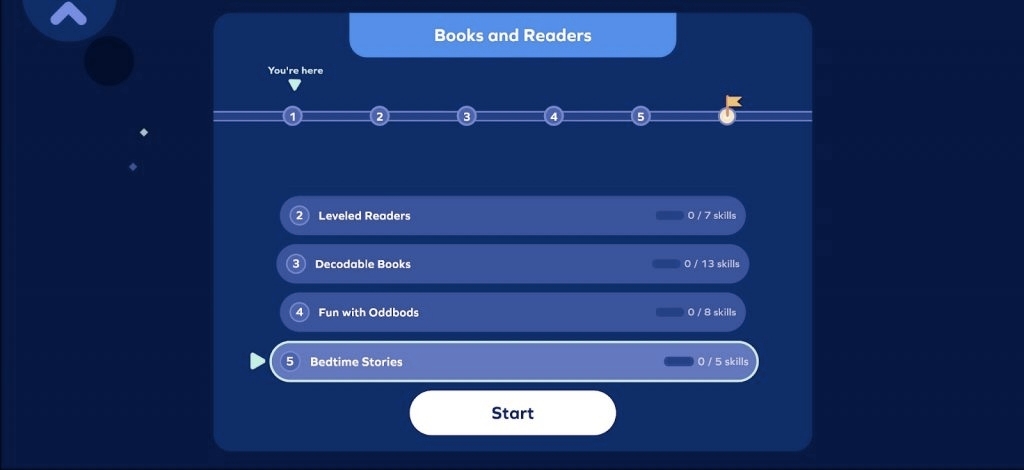
Related Reading: How to Set Meaningful Reading Goals for Students
7 Fun Ways to Teach Letter Sounds
1. Circle Everything with the Letter It Begins From
Engage kindergarteners in a fun activity by providing them with worksheets and asking them to circle everything that begins with a specific letter. This activity not only aids in teaching letter sounds and recognition but also enhances their ability to associate letters with words, reinforcing both phonetic sounds and visual recognition.
Begin with these worksheets:
Begin here
2. Match Letter to Sounds
Encourage children to match the letter to the correct picture. This hands-on activity is a fantastic way to solidify the connection between letters and their sounds, making the process of teaching letter sounds both interactive and enjoyable.
Begin with these worksheets:
Begin here
3. Word Search
Word search puzzles tailored to the letter sounds the children are learning can be a great tool. These puzzles challenge kindergarteners to find words that start with a specific letter, blending the fun of a game with educational value. It’s an excellent method for reinforcing letter sounds as it requires children to focus on both the appearance and sound of letters within a context.
Begin with these word search worksheets:
Begin here
4. Flashcard Flip
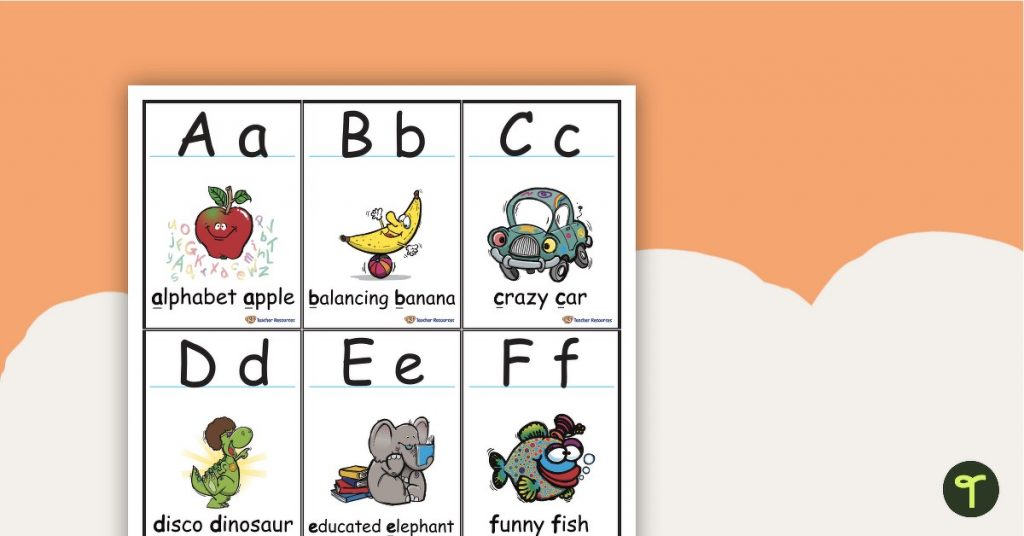
Create flashcards with letters and corresponding images of objects starting with those letters. Then, engage your little learners in a game of flashcard flip! Show them a flashcard and ask them to identify the letter and the object. You can even turn it into a memory game by placing the cards face down and challenging them to find matching pairs.
5. Letter Sound Bingo
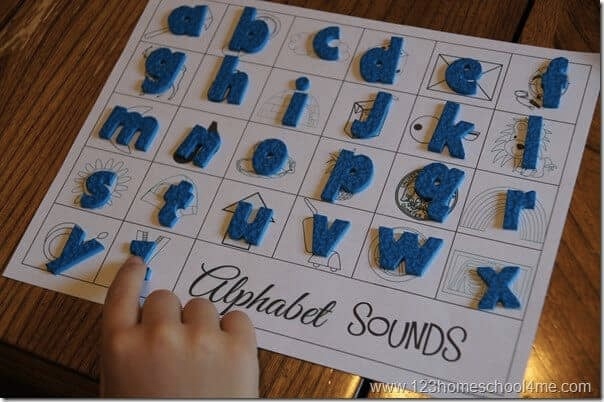
Bingo is a classic game that can be easily adapted to reinforce letter sounds. Create bingo cards with different letters or images representing words starting with various letters. Call out the letter sounds, and children can mark the corresponding letter or image on their bingo cards. It’s a fun way to practice listening skills while reinforcing letter sound recognition.
Related Reading: Best Listening Activities for Kids
6. Interactive Letter Sound Books
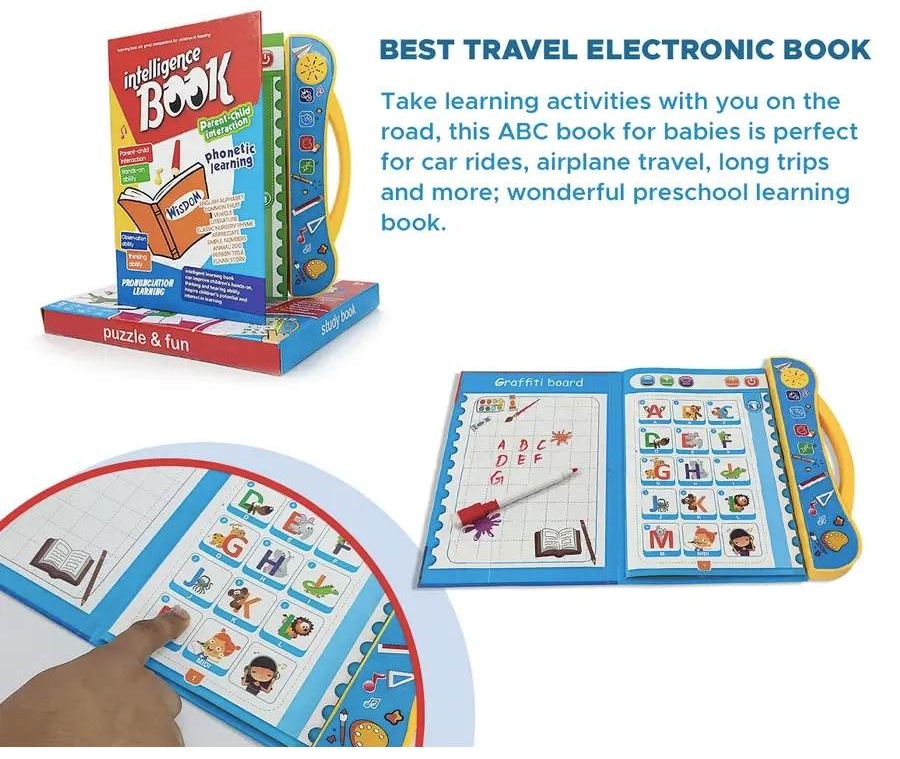
Explore interactive books that focus on letter sounds. These books often feature buttons or interactive elements that produce sounds when pressed, allowing children to actively engage with the material. As you read together, encourage children to identify the letter sounds and associate them with the corresponding images or words in the book.
Conclusion
This guide on how to teach letter sounds offers a comprehensive approach to ensure young learners build a strong foundation. By integrating interactive games, singing, and practical activities, teaching becomes not just effective but also an enjoyable journey for both educators and children.
Related Reading: How to Teach Letter Formation to Kids in 9 Easy Steps
Frequently Asked Questions (FAQs)
How do you teach letter sounds to beginners?
To teach letter sounds to beginners, start with introducing the alphabet visually and audibly, using engaging methods like alphabet songs, interactive games, and flashcards. Focus on one sound at a time, associating each letter with objects or words that begin with that sound.
How do you teach letters and sounds correctly?
Teaching letters and sounds correctly involves clear articulation of each letter’s sound, reinforcing the connection between the letter and its sound through repetition, and using visual aids and phonics games. It’s important to ensure learners can both recognize the letter and reproduce its sound accurately.
What is the best order to teach letter sounds?
The best order to teach letter sounds often starts with the most common and simplest sounds, such as the short vowel sounds (a, e, i, o, u) and easily pronounced consonants (m, s, t, p, f). This allows for early formation of simple words, motivating learners with quick progress.

















